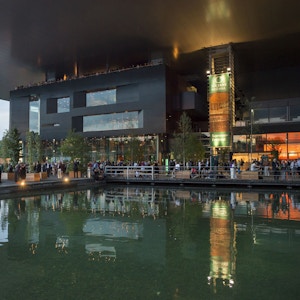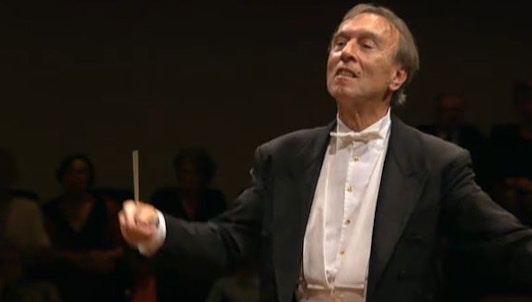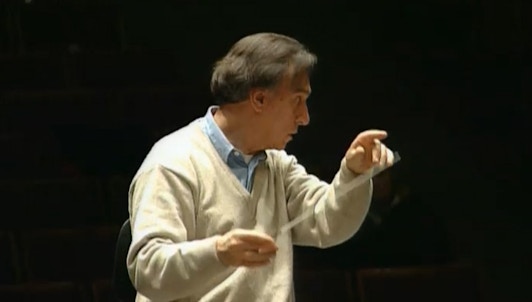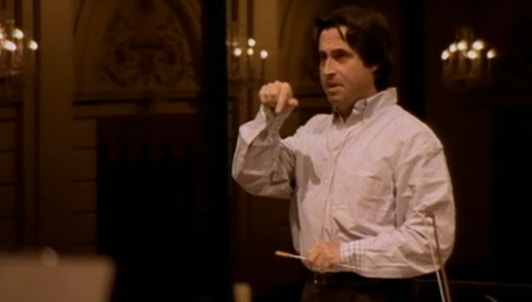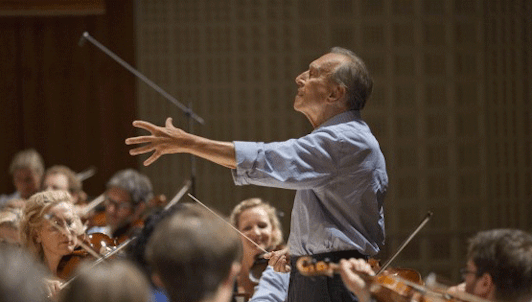Over the years at the end of summer in Lucerne, Claudio Abbado expresses his love of Mahler, without any concern for the numbers of the symphonies or for their chronology.
After the Second Symphony (2003) comes the Fifth (2004), and before the Sixth (2006) and the Third (207), here is the Seventh performed on August 17th 2005, again with the Lucerne Festival Orchestra of which he has been the musical director since 2003. His special fondness for Mahler dates back to his years of training with Hans Swarowsky in Vienna, where he became acquainted with the culture of Central Europe, from the literature to the fine arts.
Although he has already recorded all of the symphonies (Deutsche Grammophon), the interpretations of each opus he gives on the occasion of the festival are entirely new. To vulgar pomp and painful abysses, he prefers elegant fluidity and luminous clarity, even in this "Song of the Night" that is the Seventh Symphony. Premiered in Prague in 1908 by the composer, the piece is composed of two movements called "The Song of the Night" and a scherzo "A Shadowy Dance," and is said to be inspired, according to the conductor Mengelberg, by the painting entitled Night Round by Rembrandt. His andante amoroso (the first night music) is a splendid conversation between solo instruments, featuring an unusual combination of guitar and mandolin. And for Abbado there is no Prince of Darkness in this "Song of the Night" as luminous as the smile that lights up his face when he conducts it.
